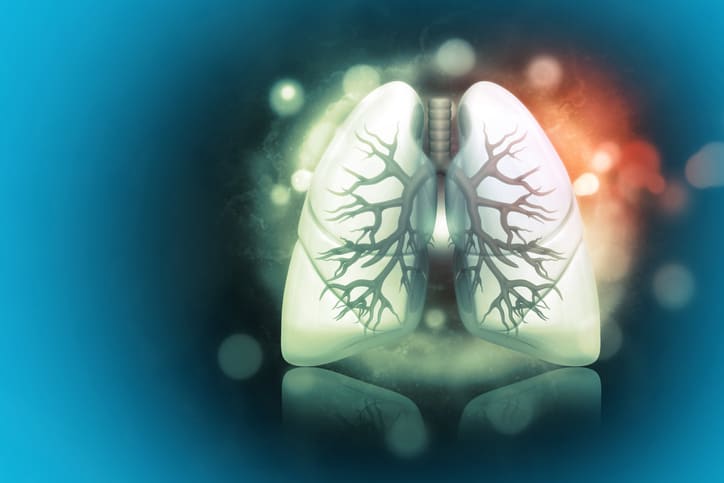The term “fracking,” which refers to hydraulic fracturing, is commonly employed to extract oil and gas, particularly from deep shale formations. Millions of gallons of water and tons of sand are required for a single well. The majority of silica levels at hydraulic fracturing sites were over the Occupational Safety and Health Administration’s permitted threshold, and 84% were above the Occupational Safety and Health Administration’s new recommended standard, according to air sample findings. For a study, researchers sought to examine the regions of the country where health care practitioners should be most worried about potential patients in their practice who may be at risk from the newly identified source of silica exposure, as well as the proper medical tests to do. The exposure levels placed employees at the risk of silicosis and other silica-related illnesses such as lung cancer, end-stage renal disease, chronic obstructive pulmonary disease, TB, and connective tissue disease, particularly sand mover and T-belt operators who had the highest levels. Sand mining expanded significantly as a result of the fracking industry’s demand for silica, putting more employees at risk of acquiring silicosis and other silica-related illnesses.
However, considering the lengthy latency of most silica-related health issues, which can last 20 or more years, and the fact that fracking did not become extensively employed until the 2000s, it could be years before health care clinicians detect clinical-related illness in their practices.
Reference:journals.lww.com/clinpulm/Abstract/2014/07000/Hydraulic_Fracturing_and_the_Risk_of_Silicosis.2.aspx


